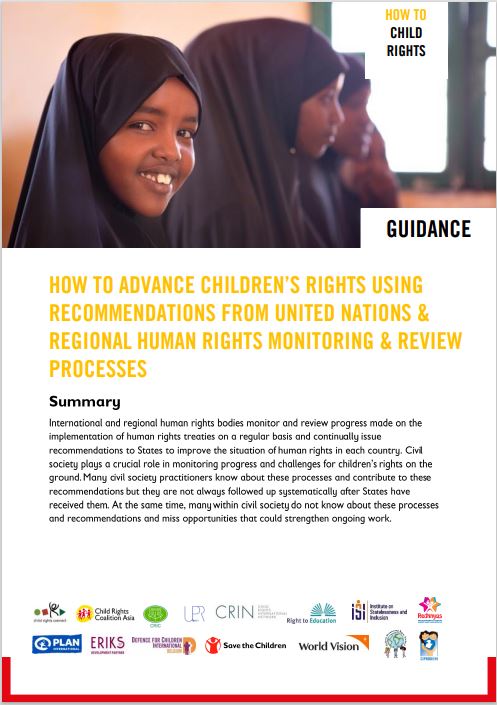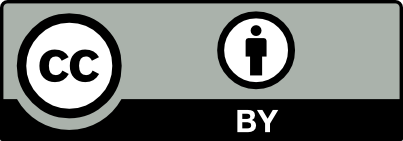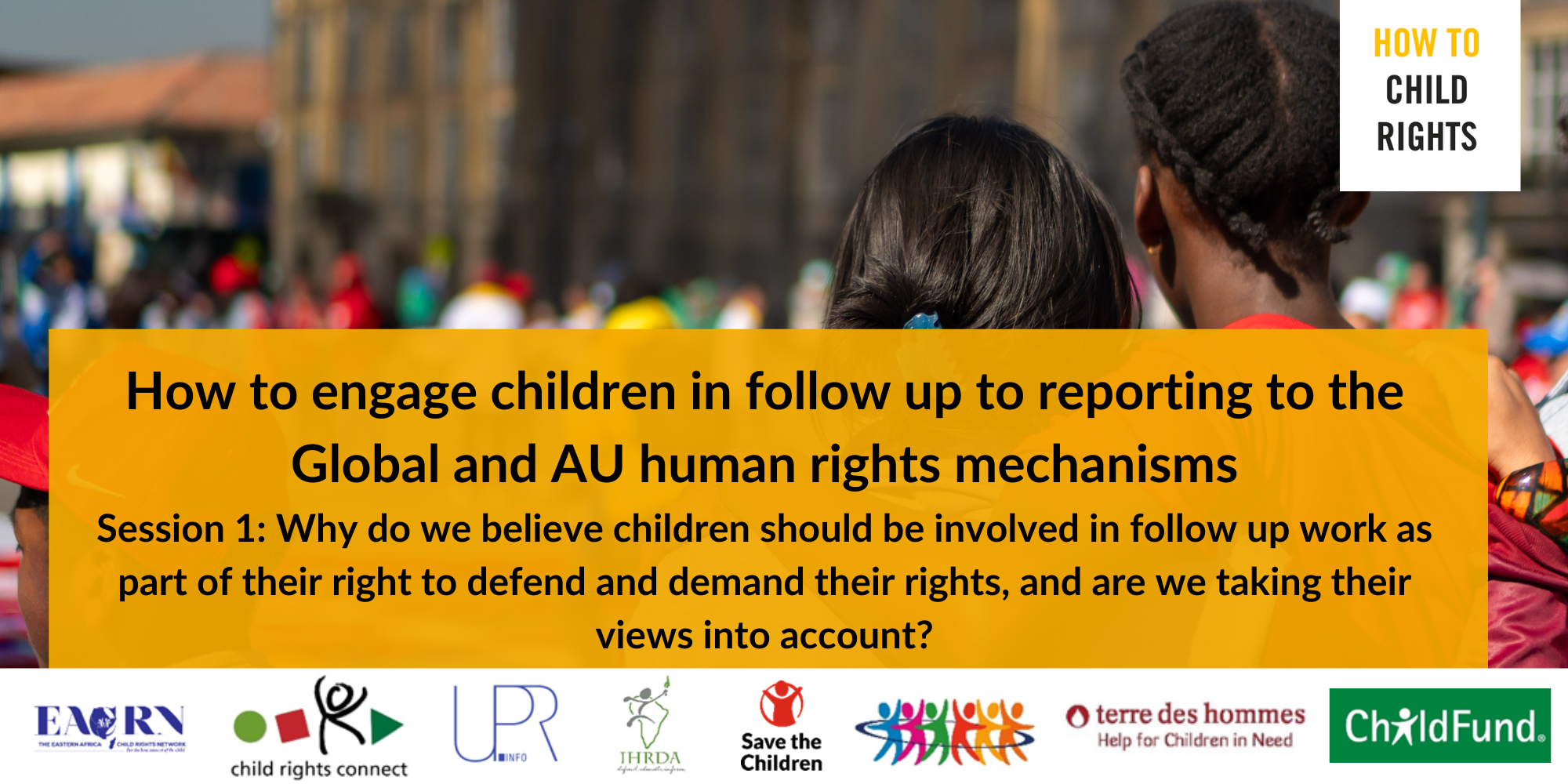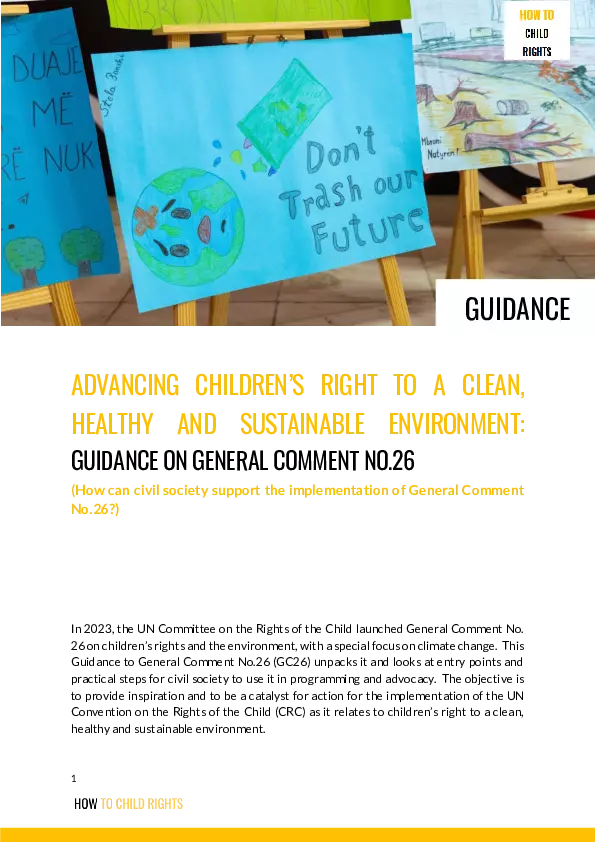
Manuals, Toolkits and Guidance
How to Advance Children’s Rights using Recommendations from United Nations and Regional Human Rights Monitoring and Review Processes
Publication year:
2022
English, French,Spanish
Format:
(4.8 MiB)
Publisher:
How to Child Rights series
International and regional human rights bodies monitor and review progress made on the implementation of human rights treaties on a regular basis and continuously issue recommendations to States to improve the situation of children’s rights in each country. Civil society plays a crucial role in monitoring progress and challenges for children’s rights on the ground. Civil society practitioners often know about these processes and contribute to these recommendations. But not always are these recommendations systematically follow-up on to see what happens once the States receive them, and whether these recommendations are actually used to improve the situation. At the same time, many of us within civil society do not know about these processes and recommendations and miss opportunities that could strengthen our ongoing work.
This guide aims to empower and inspire civil society practitioners to follow-up, use and make the most of these recommendations as part of their daily work to advance realisation of children’s rights in their countries. To that end, it provides a step-by-step plan of activities to consider, with case studies and practical tips and formats to help us in that journey. It also provides some additional links with background information for those of us with less experience in this field.
Who is this guide for? This guide aims to assist all civil society actors – both individuals and organisations – working at country level and wishing to take action on the recommendations their State received from a UN treaty body (such as the UN Committee on the Rights of the Child) or a regional treaty body (such as the African Committee of Experts on the Rights and Welfare of the Child) or from the UN Universal Periodic Review (UPR) process. The guide also helps civil society practitioners and organisations wishing to step-up their work on State accountability to children and strengthen their advocacy messages and arguments on any child rights issues, using these recommendations.
How to use this guide? Knowledge and experience with the UN and regional human rights system and previous experience in this work vary from one individual to another. And depending on your organisation’s resources, size, scope, network and priorities, you may be able to undertake all or some of the activities suggested in the guide. Some sections and links may therefore be more or less relevant for you.
This guidance has been developed as part of the How to Child Rights series. You can find more related tools, guidance, and case studies on the How to Child Rights series site.
Read full abstract
Authors
View & Download
Document information
Publisher
Authors
Content type
Topics
Rights
© Author/Publisher
Found a mistake? Help us improve!
If you have noticed a document assigned to the wrong author or any other inaccuracies, let us know! Your feedback helps us keep our data accurate and useful for everyone.
Share
Link




